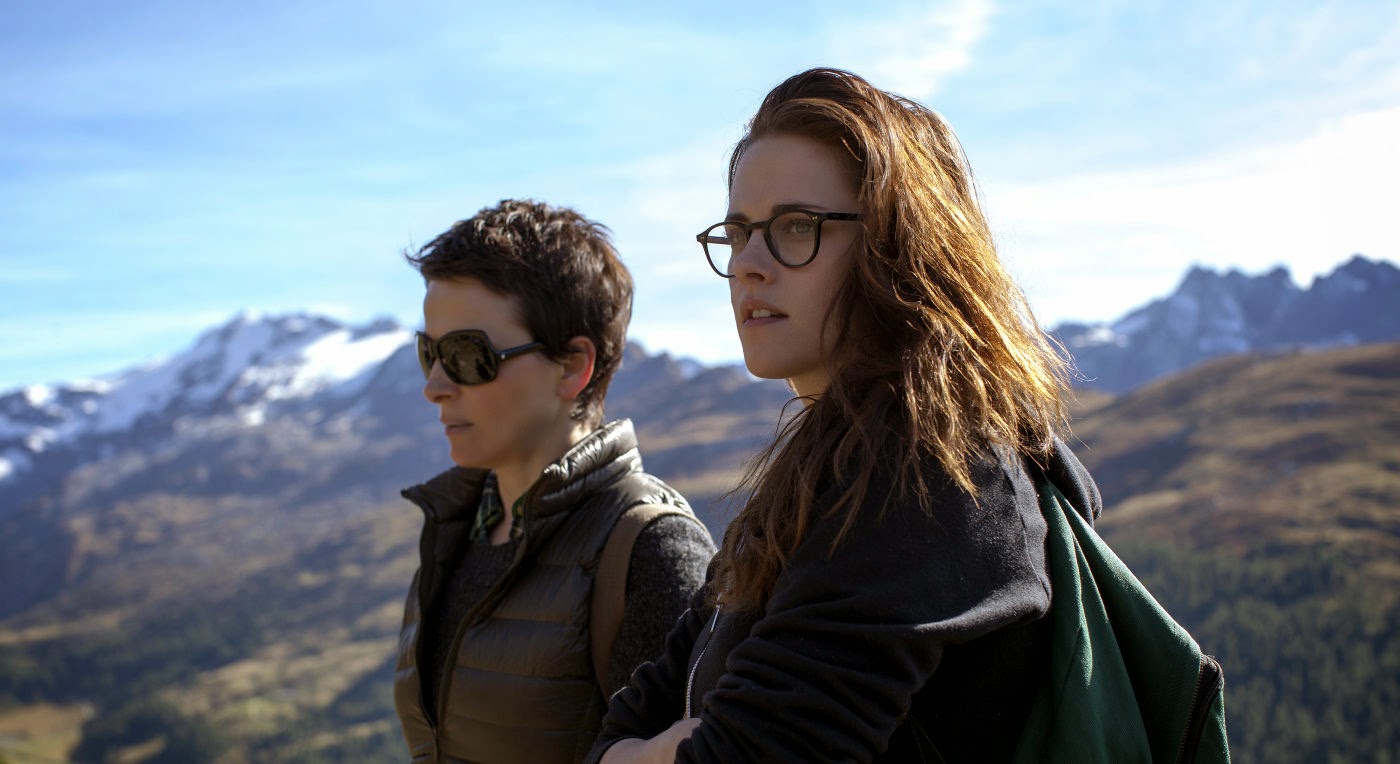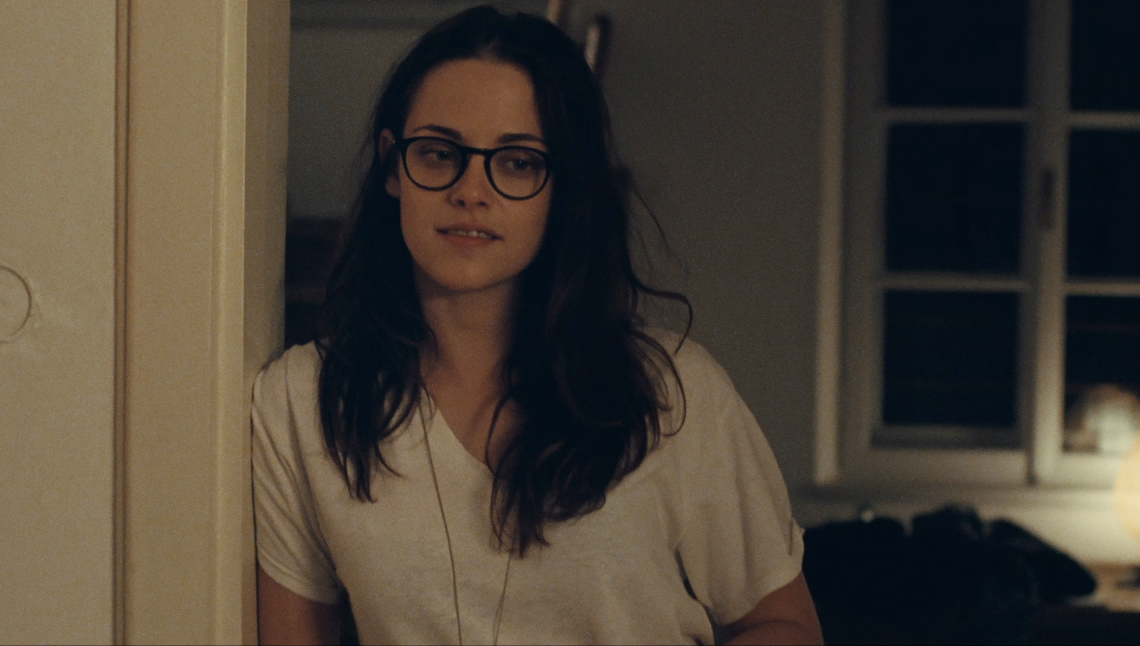Olivier Assayas’s latest.
In a weird way, Olivier Assayas is like the Radiohead of contemporary directors. Loved by some and respected by most others, he nonetheless displays a stubborn refusal to use hooks in his work. The hooks in a song are meant to orient you within its structure, and the hooks in a movie – its narrative beats – serve that same function of giving you a sense of momentum within the story. Without them, you have literally no idea when the movie is approaching some sort of resolution, except a general sense of how long you’ve been sitting there watching it. Assayas’ last film, After May (also known as Something in the Air), had the meandering, unfocused progression of a particularly abstruse Radiohead song. So too does his latest, Clouds of Sils Maria – which hasn’t prevented the film from winning awards at several major festivals.
Although far more European in its approach, the Switzerland-set Clouds of Sils Maria covers some of the same territory tackled by David Cronenberg – not very effectively – in the recent Maps to the Stars. Both films focus on the volatile relationship between an ageing actress and her personal assistant, and in both films, the actress is preparing for a role that carries a personal significance as well as a commentary on her age. Whereas Julianne Moore’s character in Maps is set to take on the role her dead mother made iconic, Juliette Binoche’s Maria Enders is playing the older woman in a new staging of the play that put her on the map – having played the younger woman the first time around. Perhaps unsurprisingly, she develops a fascination with the actress cast to play the younger role, a recently anointed A-lister fresh from her latest TMZ scandal and stint in rehab (Chloë Grace Moretz). Complicating matters is that Maria’s assistant, Valentine (Kristen Stewart), has called this trainwreck her favourite working actress. Valentine’s inconsiderate comment colours their dynamic as she helps Maria run lines, and their real-world relationship begins to resemble aspects of the fictitious one in the play. Maria has also been put in mind of her past by the return of an old lover (Hanns Zischler), and the fact that the playwright, a dear friend who helped discover her, has recently committed suicide.
Any film in which an ageing actress plays an ageing actress is said to be autobiographical, but Binoche is not the only actress who has a version of herself in this film. Stewart, who has run as far away from the Twilight series as possible, also gets to deliver some lines about why she respects Moretz’ character for trying not to be “swallowed up by Hollywood.” If only something more were done with these characters and the way they are meant to chafe against one another, we might have an intriguing conflict that operates on multiple levels of meaning. Instead, seemingly superficial differences between Maria and her assistant – who carry on like besties most of the time – regularly lead to moments where they seem mad at each other for no reason. They argue unconvincingly and just generally don’t have chemistry as performers. When a real schism develops between them, it seems contrived, because Assayas’ unusual pacing hasn’t prepared us with the typical signposts of a fraying relationship. The editor, Marion Monnier, might have excised a couple of their scenes that have little role in pushing the story forward, instead only pushing it toward a distended two-hour running time. As the film also contains a few technical gaffes in the editing, Clouds of Sils Maria is not Monnier’s finest hour.
What’s more, there’s a lack of profundity to the parallels between the characters in the play and the characters in the movie, which are what’s meant to give the film its psychological depth. Actors who get lost in the identities of their roles are a particularly old cinematic trope, one we often see put to use in psychological thrillers. In a more typical genre film, we’d get visual representations of these alter egos, some way of understanding what’s going on in the minds of all involved. Assayas’ approach to this idea is typically understated, resulting in many discussions of the play’s characters, but nothing that brings them off the page or gives them a presence in the movie. Assayas is doing a lot of telling and not very much showing, so it all just feels flat.
The ingredients are there for a promising consideration of ageing in the entertainment business, of the passing of the torch from a generation that was classically trained to one that confuses being famous with having talent. Regrettably, the execution is inert and overlong – so overlong that even the film’s epilogue lasts nearly 15 minutes, introducing new characters and conflicts. Then again, just as Radiohead has more than its share of fans, there are sure to be audiences that fall happily in step with Assayas’ unconventional rhythms.
5/10
For more Reviews, click here. If you’re digging ReelGood, sign up to our mailing list for exclusive content, early reviews and chances to win big!

